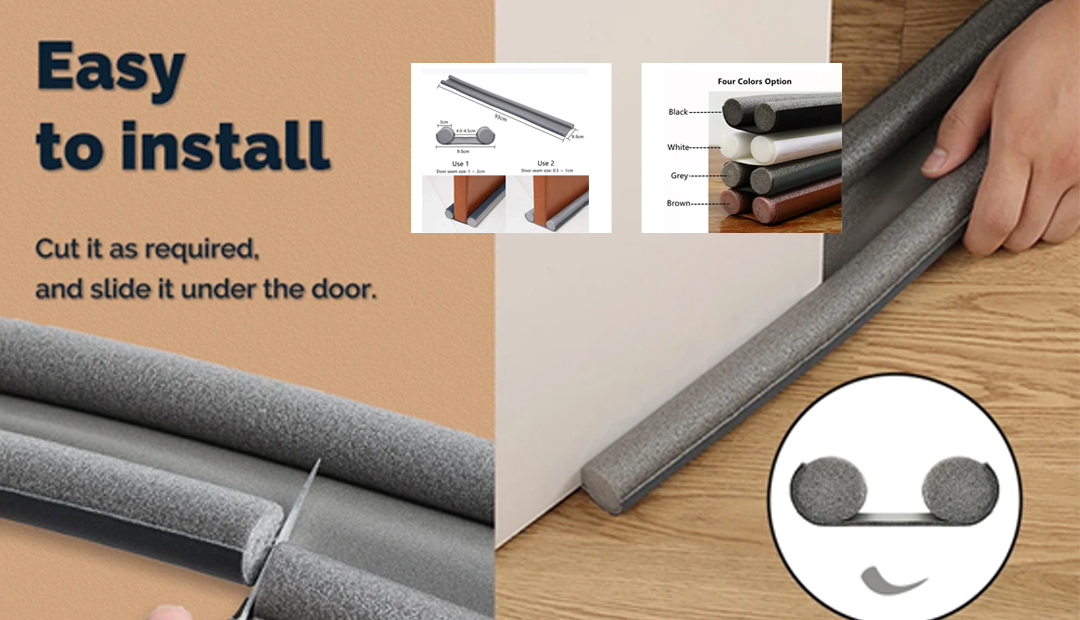how to replace a stoves oven door seal
How to Replace a Stove's Oven Door Seal
Replacing the oven door seal of your stove is a relatively simple process that can significantly improve your oven's efficiency. A damaged or worn-out oven door seal can lead to heat loss, increased energy bills, and uneven cooking. If you notice that your oven is not maintaining temperature or if you see signs of wear on the door seal, it’s time to replace it. In this article, we will guide you through the steps of replacing an oven door seal effectively and safely.
Understanding the Oven Door Seal
The oven door seal is typically made of heat-resistant materials like fiberglass or silicone, which allows it to withstand high temperatures. Its primary function is to create an airtight seal when the oven door is closed, preventing heat from escaping and ensuring even cooking. Over time, due to frequent use and exposure to heat, the seal may begin to degrade, crack, or become loose.
Tools and Materials Needed
Before starting, gather the following tools and materials
1. Replacement oven door seal (specific to your oven model) 2. Screwdriver (if necessary) 3. Scissors (optional) 4. Cleaning cloth 5. Mild detergent
Step-by-Step Instructions
Step 1 Disconnect Power
Safety is paramount. Before beginning the replacement process, always disconnect the oven from its power source. If you have an electric oven, unplug it from the wall. For gas ovens, turn off the gas supply to avoid any accidents.
Step 2 Remove the Old Seal
Open the oven door fully and examine the existing door seal. Most oven door seals are secured either by clips or adhesive. If it’s attached with clips, carefully pry them off using a screwdriver. For adhesive seals, gently pull the seal away from the door. Take your time with this step to avoid damaging the door itself. If the seal is stubborn, using a cleaning cloth with mild detergent can help loosen it.
how to replace a stoves oven door seal

Step 3 Clean the Surface
Once the old seal is removed, clean the surface where the seal was attached. Use a mixture of warm water and mild detergent to remove any debris, grease, or adhesive residue. This step is essential to ensure that the new seal adheres properly. Wipe the area dry with a clean cloth.
Step 4 Prepare the New Seal
Compare the new seal to the old one to ensure it is the correct size and shape. If needed, use scissors to trim the new seal to fit. Most seals come with a specified length, but it’s always wise to double-check.
Step 5 Install the New Seal
Align the new seal with the groove on the oven door. If your seal relies on clips, press the clips back into place firmly. For adhesive seals, remove the backing from the adhesive and press the seal into place, ensuring it is straight and secure. Make sure there are no gaps, as this can lead to heat escaping.
Step 6 Test the Seal
Once the new seal is installed, close the oven door gently and check for any gaps. A proper seal should fit snugly against the oven frame. To further test its effectiveness, you can use a piece of paper. Close the door on the paper and try to pull it out. If it comes out easily, you may need to adjust the seal to ensure a tighter fit.
Step 7 Reconnect Power
Finally, reconnect the power supply to your oven. For electric ovens, plug it back in, and for gas ovens, turn on the gas supply.
Conclusion
Replacing a stove's oven door seal is a straightforward task that can enhance your cooking experience by ensuring that your oven operates efficiently. Regular maintenance, including seal replacement, is essential for the longevity of your appliance. If you find that your oven is still not functioning correctly after changing the seal, it might be time to consult a professional. With your new oven door seal in place, you can now enjoy energy savings and perfectly cooked meals!
-
Under Door Draught Stopper: Essential ProtectionNewsJul.31,2025
-
Garage Door Seal and Weatherstrips for ProtectionNewsJul.31,2025
-
Edge Banding Tape for Perfect EdgesNewsJul.31,2025
-
Table Corner Guards and Wall Corner ProtectorsNewsJul.31,2025
-
Stair Nose Edging Trim and Tile Stair SolutionsNewsJul.31,2025
-
Truck Bed Rubber Mats for Pickup BedsNewsJul.31,2025
-
Window Weather Stripping for Noise ReductionNewsJul.29,2025